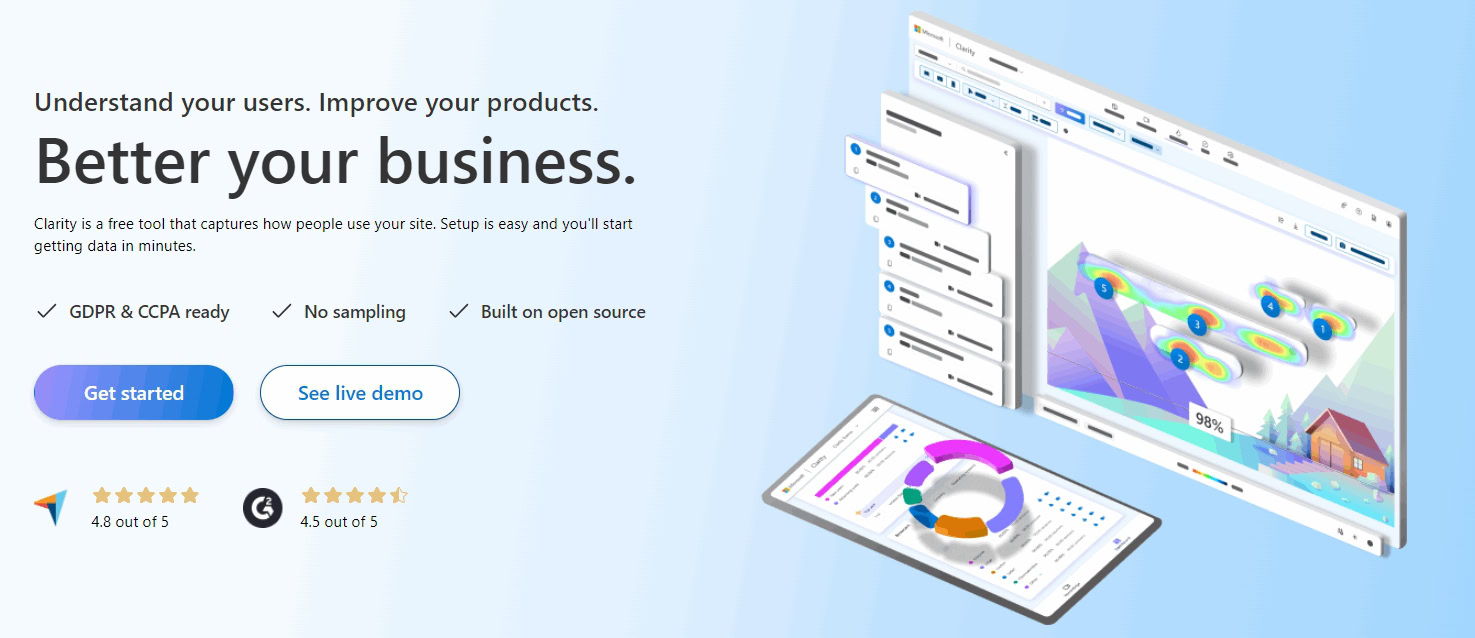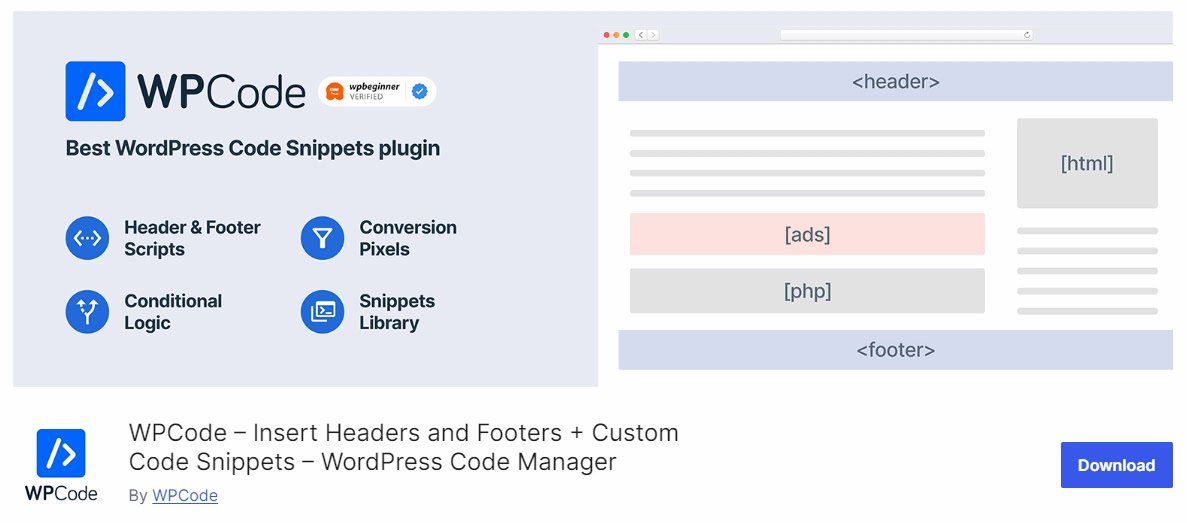First impression matters a lot, especially when it comes to interaction with an online business audience.
Your website is often the first point of contact with potential customers and in heating and air, their situation often constitutes an emergency. They need to talk to someone ASAP to feel like they are getting good service.
And conversion rate optimization (CRO) can make the difference between visitors bouncing away and taking the desired action such as a phone call or form fill. So, think about it. Is optimizing your website literally the most important step you can take to improve customer service? Will it boost your revenue and client retention?
I think so!
In this guide, we’ll explore how to maximize your conversions using one of the most powerful tracking tools in digital marketing: heatmaps!
Think of it like thermal imaging for your website. Only, instead of searching for an R-22 leak you’re looking for lost revenue instead…
Obviously that’s important for the success of your business, so keep reading and you’ll learn:
- How to implement heatmaps on your HVAC website
- 3 Powerful tips to boost your conversions with heatmapping
- And more
Let’s get going.
Table of Contents
Heatmapping to Enhance Conversions on your Heating and Air Company Website
Before dividing into the step-by-step process of using heatmaps, let’s quickly look at what they are and how they can help.
What are Heatmaps and Why Are They Important?
A heatmap visually represents how visitors interact and engage with a web page through color codes.
While there’s no universal color code, heatmapping tools generally use a gradient scale:
- The red color highlights the highest interaction areas
- Orange color to represent the sections with a lower interaction
- The blue color highlights the lowest interaction points
This helps marketers analyze engagement with important sections of a web page, such as a call to action button.
The tracking method is a great way to see which parts of your website visitors interact with the most.
You can then use this information to improve your click-through rate.
For instance, if it’s the sidebar, you can put your CTA button there.
Heatmaps also help you identify problem areas and improve them for a better user experience. And in the heating and air industry, that directly relates to more service calls and a big impact on your bottom line. If you already get leads from your website, you can use heatmap data to increase conversions and generate even more business.
Types of Heatmaps to Analyze
Heatmaps are of different types. The one you should be using depends on your tracking goals; understanding these types will help you make an informed decision.
Click Heatmap
This type of heatmap pinpoints the sections on your site that are driving the most clicks, for instance:
- Buttons
- Links
- Images
A click heatmap tells you where your visitors might be trying to go, which is why it can be so powerful in boosting conversions.
Scroll Heatmaps
This type of heatmap tells you if your content is engaging enough to keep visitors scrolling down the page.
A scroll heatmap uses a color gradient:
- Warmer colors (like red) indicate areas that are scrolled through the most
- Cooler colors (like blue) represent areas that are seen less frequently
Hover Heatmaps
These heatmaps track users’ mouse movements and represent them visually.
You can use hover heatmaps to:
- Identify areas of interest on a web page (Sections that resonate with your audience)
- Pinpoint potential opportunities for interactive elements
- CTA optimization (Low hover rate might suggest the CTA needs to be more prominent)
Hover heatmaps can also reveal user behaviors such as hesitation or frustration. If you notice a high rate of hovering in one particular area, it could indicate that users are unsure about what action to take next.
How to Implement Heat Mapping on Your HVAC Website?
Implementing a heatmap on a heating and air company website is a simple step-by-step process.
Choose a Heatmapping Tool
Start by choosing the right heatmapping tool for your needs.
There are plenty of free and paid options out there, including Microsoft Clarity.
 \
\
It’s a free tool that offers a range of powerful tracking features including:
- Different types of heatmaps (Click, scroll, move/hover)
- Session recordings (You can view recorded sessions of how someone interacts with your page)
- Performance metrics
- And more
Other options include:
- Hotjar
- Crazy Egg
Set Up Tracking
You’ve selected a heatmapping tool. Now what?
Connect this tool to your website so that it can track the required data.
To do that, you just have to:
- Copy the tracking code from your heatmap tool
- Paste it in your website’s header
If your website is on WordPress, you can use any good header code plugin, such as WPCode.

After pasting the tracking code, you may have to check your heatmap tool for verification.
Collect and Analyze Data
Once your website is connected to the heatmapping tool, you can start tracking your traffic.
However, give it some time to collect enough data so that you can deduce accurate conclusions.
Also, when setting up tracking, focus on your key pages, such as:
- Service pages
- Homepage
- Commercial blog posts
- Contact form
You may also want to collect data for mobile and desktop visitors separately because user behavior can vary across different devices.
Related: Building Customer Loyalty for Your Heating and Air Company
Boost Your Conversions Using Heatmaps

Now that your tracking code is set up, let’s talk about leveraging heatmaps to boost conversion rates.
Optimize Your CTA Performance
Your call to action is probably the only thing on a web page that drives action.
Depending on your marketing goal, this action can be anything from submitting a contact form to buying a product.
Heatmaps can help you optimize your calls to action and boost your click-through rates.
Eliminate Distracting Elements from Web Pages
Distractions kill your conversions.
For instance, using a header navigation on a sales page can take visitors to a different location on your site, which can hurt your conversions (Sales).
With heatmaps, you can identify and eliminate distracting elements on a web page.
For instance, if visitors are clicking on a non-interactive element, such as an image, it’s probably a distraction.
Optimize Important Pages
Some web pages on your heating and air company website are more important than others.
Use heatmaps to understand visitor interaction on your key pages. These can include:
- Landing pages
- Service pages
- Contact pages
For instance, let’s say most of your service page visitors aren’t navigating to your contact page.
You can:
- Improve above-the-fold content to boost engagement
- Reposition the contact page link to make it more accessible
Heatmapping to Enhance Conversions: Conclusion
Your heating and air company website is often the first point of interaction with your target audience. You want to make it count.
Heatmaps tell you how visitors engage with interactive and non-interactive elements on your key web pages.
Different types of heatmaps help you track different types of interactions:
- Click heatmaps highlight clicks
- Scroll heatmaps highlight impressions
- Hover heatmaps represent mouse movements
Some reliable heatmapping tools you can use are Microsoft Clarity, Hotjar, and Crazy Egg.
Whatever tool you use, make sure to focus on the most important pages and use heatmapping to:
- Optimize your CTAs
- Eliminate distractions
- Improve the overall user experience
You May Also Like: Conversion Tracking for HVAC Companies (Make Google Ads Work for You)









